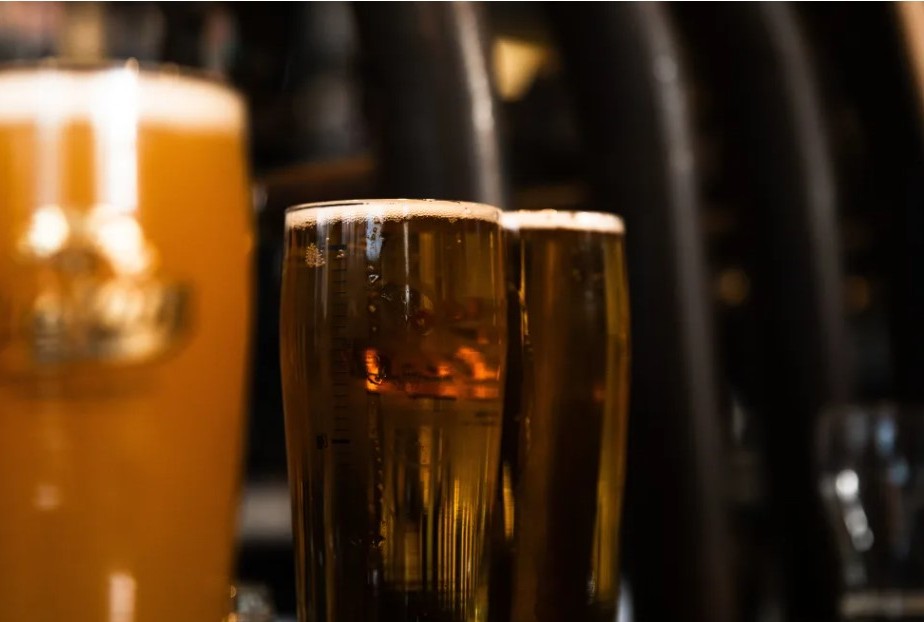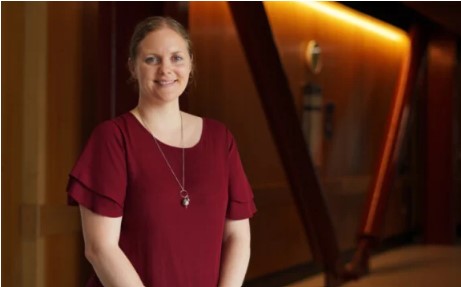Wastewater testing reveals alcohol consumption higher in smaller towns

Niva Chittock, RNZ Reporter
New Zealanders living in smaller settlements tend to drink more alcohol than those in big cities, wastewater sampling has found.
The University of Auckland study also discovered there were spikes when the rugby or cricket was on, or if it was a public holiday.
It is the first time this method had been used to track alcohol consumption in Aotearoa and there were stark findings between location and consumption, says senior chemical sciences lecturer Dr Lisa Pilkington.
"Smaller towns tended to drink more alcohol, certainly the ones that were sampled in the study," she said.
Ten water catchment areas - covering about 40 percent of the country's population - were monitored across six months in 2021, along with the Institute of Environmental Science and Research (ESR).
Sampling took place across seven days each month in Auckland, Palmerston North, Wairoa, Dunedin, Queenstown, Westport and Christchurch.
Tāmaki Makaurau's data came from four separate catchments - north, central, west and south, Pilkington said.
"Auckland South, which many people may believe through different stereotypes that because that's area with very high Māori and Pasifika, it might have higher consumption. But we found actually of all the Auckland regions, Auckland South had the lowest alcohol consumption."
In fact, South Aucklanders drank the least of any place sampled, while Auckland North had the city's highest consumption rates.
"The result from South Auckland showed that an unfair and prejudicial stereotype was untrue," said Miriama Wilson (Ngāti Kahungunu ki Wairoa, Ngāti Tūwharetoa, Ngāti Raukawa), a masters' student who worked on the study for her thesis.
"We hope New Zealanders can overcome the stereotype that Māori and Pasifika are big drinkers."

Dr Lisa Pilkington. Photo: Supplied / William Chea
The average alcohol consumption across the locations sampled was estimated to be 1.2 standard drinks per day for people aged 15 and older.
Spikes occurred during rugby games, public holidays and cricket matches.
A particularly boozy night in Queenstown had researchers scratching their heads for a bit, Pilkington said.
"We were wondering why it came up with such a high level of alcohol consumption according to our analysis and we did a little bit of research and found the only thing of note in Queenstown that night was a one night only male revue show called The Stallions were in town.
"I don't know if that was the reason, it may have been."
The data had pinpointed consumption trends, but sometimes the factors behind a high reading remained elusive, she said.
"We had a really high reading, it was in Dunedin and it was the highest in the whole study. We wondered what was happening on this Friday night and it turned out to be O Week [Otago University's Orientation week].
"But there was one night in Palmerston North - I believe a Thursday or a Friday night - that we had really high levels of consumption and we never really found out what it could be related to," Pilkington said.
"Maybe someone had a big party, it's hard to know."
The system used was already set up for Covid-19 wastewater testing and lockdowns during the trial caused a clear change in the sampling, Pilkington said.
"In a normal week, we tend to drink more on the weekends and don't drink as much on the weekdays but we actually found that wasn't really the case when we were in lockdown. We started to drink more regularly during the week, there wasn't a clear trend."
Alcohol consumption could be determined from wastewater because scientists can detect ethyl sulphate, a compound excreted after the body metabolises the ethanol in an alcoholic beverage, she said.










